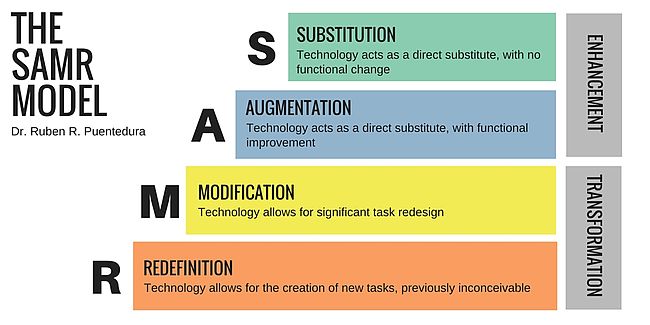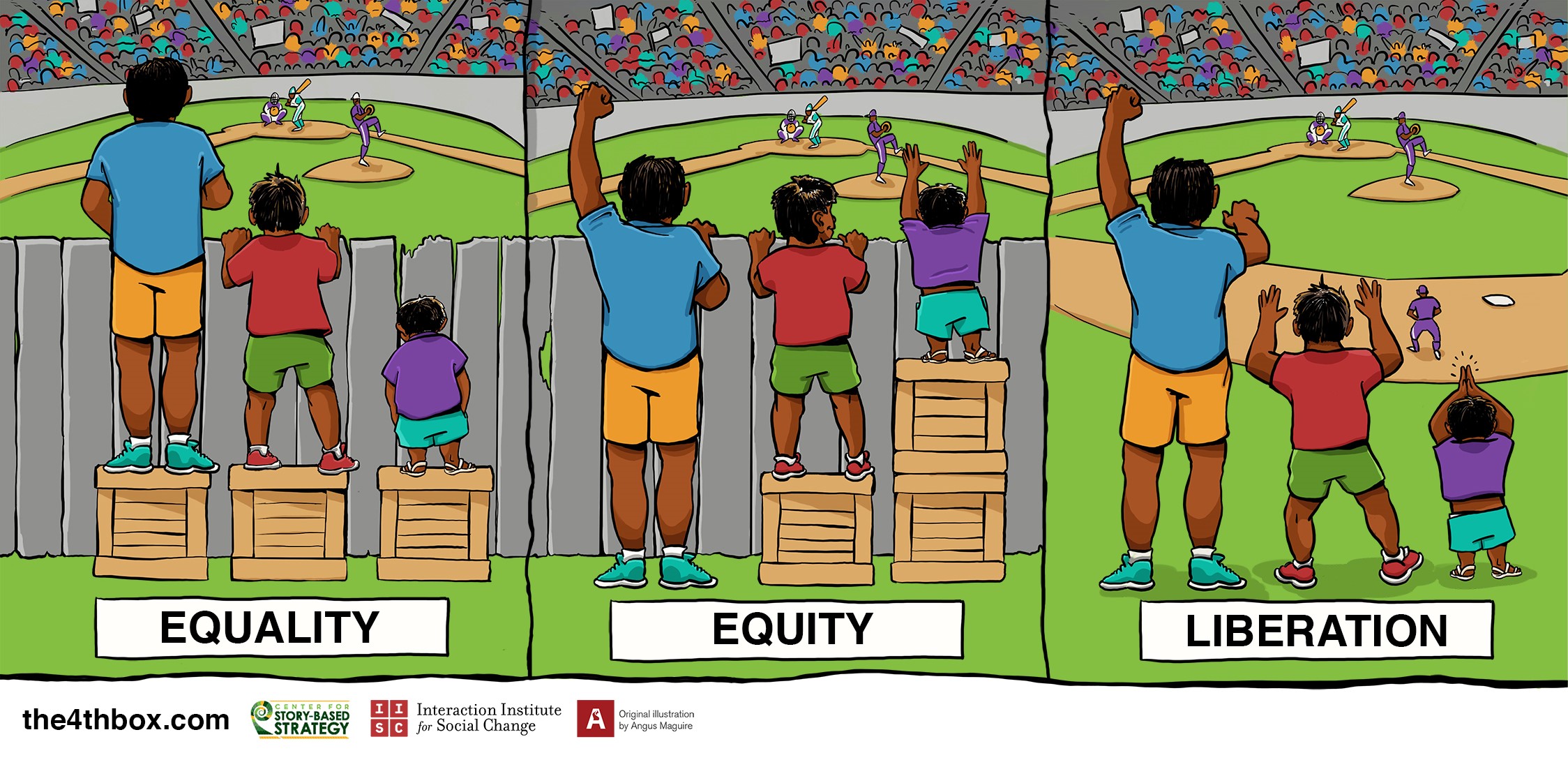I was prompted to think about this after the amazing fundraising concert organised by our senior students last week, and felt that a bit of thinking and feedback for whānau, and our community more generally, might be useful at this stage in the year.
The first question has to be 'where are we heading'?
We are now in our third year with our bold vision to be 'a centre of creative excellence'. It's big, it's bold, and on its own it's pretty hard to imagine what it might look like. That makes it very hard to understand when you are making progress towards it. So we break it down into more digestible 'bite sized' chunks called strategic and annual goals.
This year's goals are:
Strategic Goal 1 To provide future focussed individualised learning
Annul Goal 1: Embed the culturally responsive pedagogy ‘Learn Create Share’ to develop future focussed individualised learners
Annul Goal 2: Assist every student to develop an appropriate personalised educational pathway
Strategic Goal 2 To promote sustainable community relationships to support student success
Annul Goal 3: Create new opportunities for student/community engagement and community/school engagement
Strategic Goal 3 To encourage inspirational risk taking enterprising leadership
Annul Goal 4: Promote student leadership and followership capabilities
Annul Goal 5: Promote a growth mindset amongst students and staff
So, how do we think we are doing?
Against SG1, we see increasing evidence that our Learn Create Share pedagogy is becoming ever more embedded with our learners and our staff. Blogging is on the increase, and we know that student writing achievement is accelerating (that is, improving at a rate faster than that for students nationally).
Here was an awesome example of the development of blogging amongst our tamariki, with this creative writing from Lasa of Year 8. His blogging is not unusual, and the creativity is pretty obvious.
As an additional measure of the development of better individualised pathways, our Careers and transition department continues to serve students well, helping them to identify better pathways that suit their own needs and aspirations.
Against SG2, and SG3, there is little better as an outstanding piece of evidence than the community fundraiser that we hosted last week. Let me explain why.
The event came from the students. It was not a staff idea. The cause (three muslim whanau in our local community affected by the March shootings) showed that our students have heeded the call for kindness and caring. They showed heart, they showed their values. The attendance at the evening showed that this new way of engaging with our community was enormously successful. There was even a call on the School Facebook page for the event to become an annual event, with a different charitable 'cause' each year. Such is the perception of its success.
The event showed enterprise and leadership, beginning with our head students and prefects, and spreading across the kura.
And the event showed a large number of students prepared to 'take a risk' and put themselves up for public scrutiny with their performances.
You see, we believe that for creative excellence to exist, risk taking is essential. The very act of creativity requires people to be prepared to take risks, after all they are trying something new, they are testing it with others. To do so requires courage, it requires a growth mindset, it requires acceptance that we may not be there YET, but we are on our way.
For me, it is these underlying behaviours that are most important.
We are also seeing this risk taking behaviour with staff in their daily practice. I have written at length about the work of Mr Rees in mathematics. He is not alone in trying new things. Our Year 7 & 8 teaching teams are doing some wonderful work revolutionising our junior curriculum, with cross curriculum work, community impact projects and passion projects. The early results are even better than we had dared hope, with student engagement skyrocketing.


Increasingly our wonderful staff are taking risks too.
I am known for saying that if we are to improve outcomes for our rangatahi we have to take risks. Doing things the way we have always done them is not an option, because that will only deliver the same outcomes we have always produced. There is too much at stake, too much human potential and too much human happiness being wasted, to simply do what we have always done.
By definition when we take a risk there is a chance we will fail. And that is just fine. Failure is an awesome part of any learning journey. We celebrate successes, and so too we should celebrate failure.
We are also engaging our community in a very different way with the Uru Mānuka Education Trust. We set this Trust up in 2017 to raise funds to support the work we do with the Manaiakalani pedagogy. I'll write more about this amazing group of people in a separate post, but their work represents engagement of a very different kind, it represents a different way of doing things for us in Uru Mānuka.
Our MOE funded study support centre attracts good numbers of students from across the cluster in another great example of community engagement.
We are in the final term of a GCSN (Greater Christchurch Schools Network) Innovation grant funded community engagement project in which we have employed community members to go into homes to support whānau to better engage with their children's blogs and their learning. We have learned a lot form this project, even though it has not yet been as successful as we had hoped.
Stepping back, can we answer the question 'are we there yet'?
Well, I think not. But we are seeing a growing number of the behaviours that we think are necessary to support creative excellence. We are seeing more creativity in those traditional areas normally associated with creativity (performing and visual arts), and improved creativity (as in new solutions to old problems) growing in more traditional areas of our work with student learning.
Are we there yet? Nope, but the signs suggest that we are well on the way.


